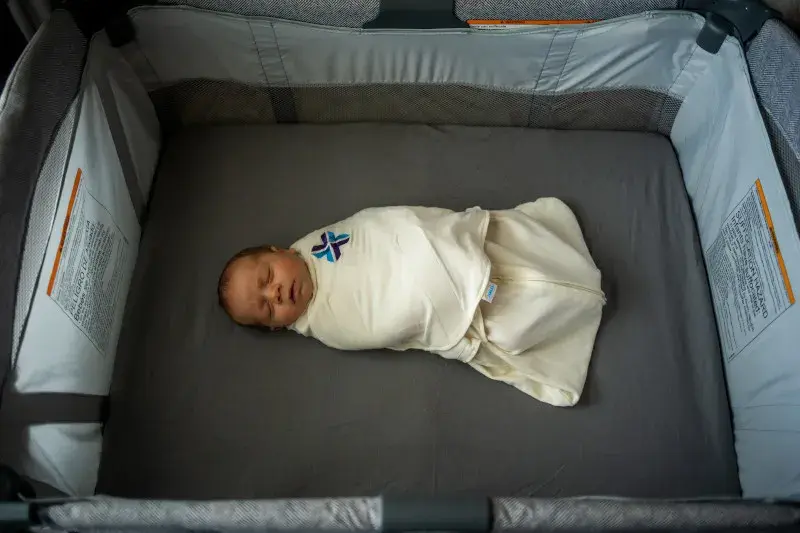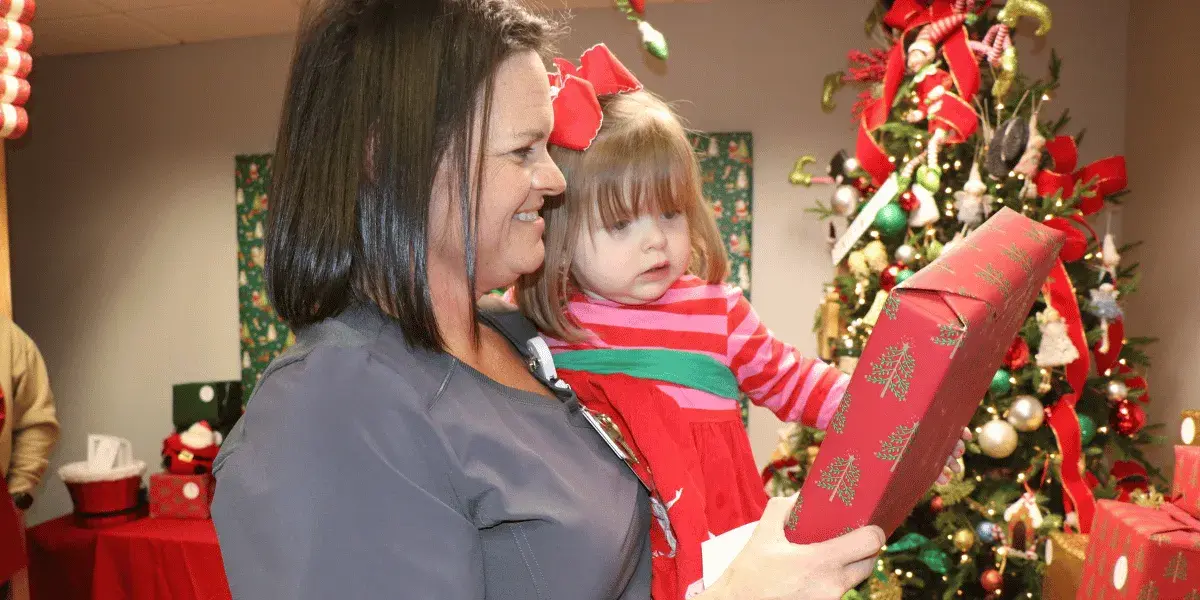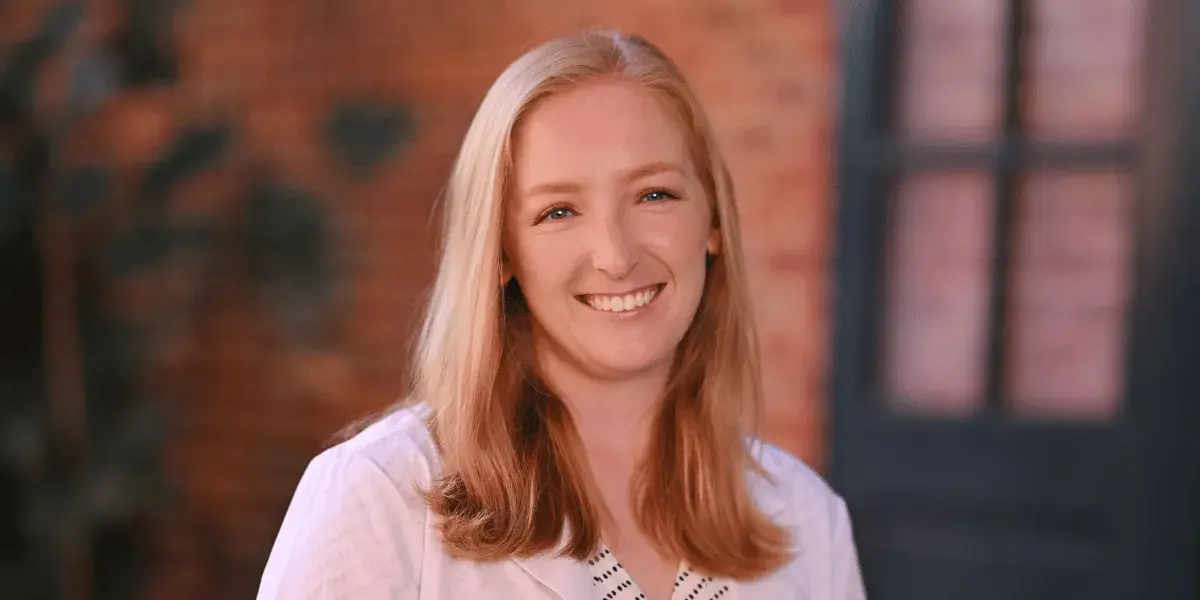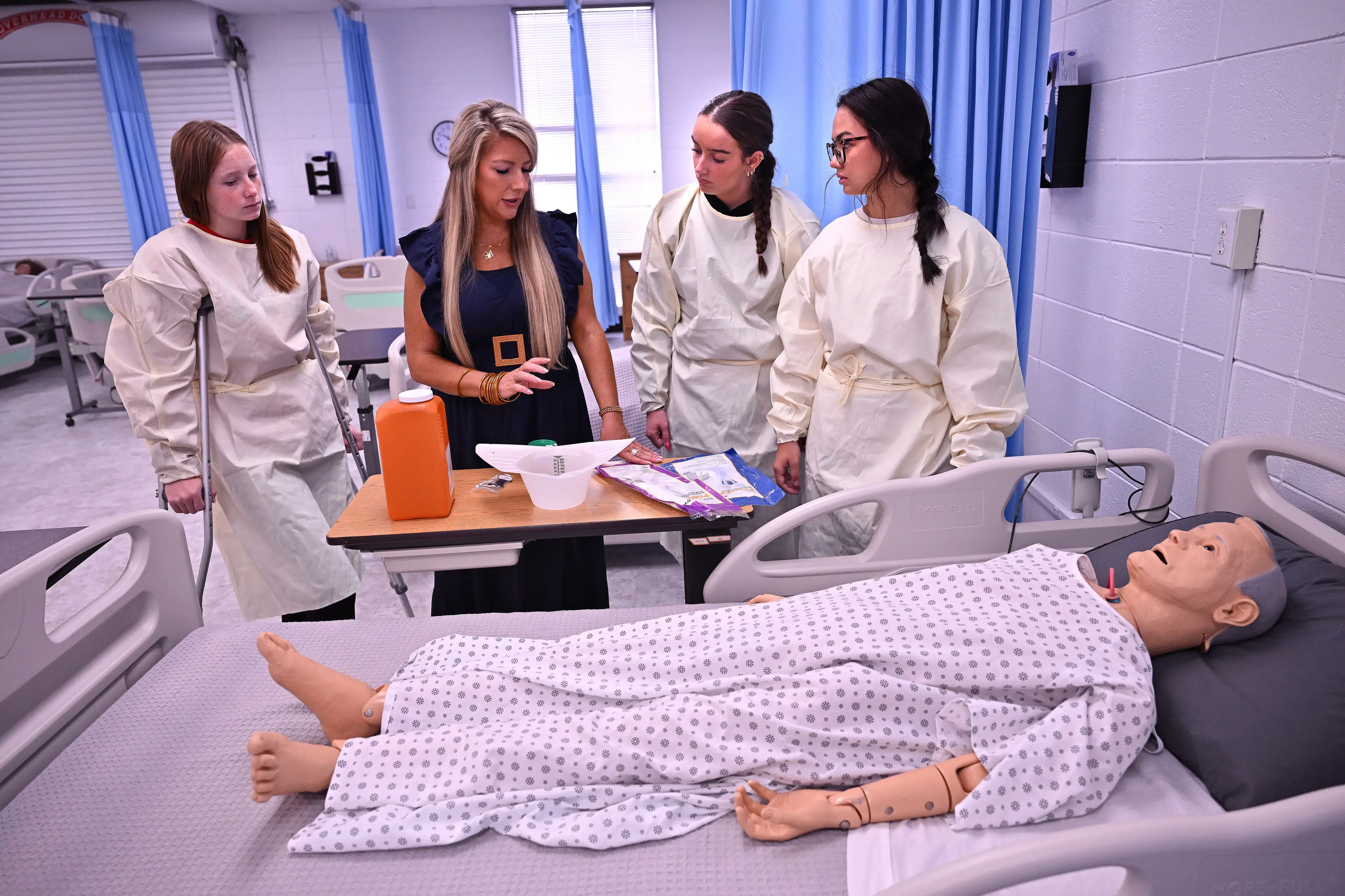
Fact v. Myth: Safe Sleep for Infants
Amid all the joys and challenges of bringing a newborn home, safe sleep practices may not be top of mind – but remembering the basics is critical to preventing devastating outcomes.
In fact, unintentional suffocation is the leading cause of injury-related death among children under 1 year old. Nearly 3,500 infants die each year in the United States from sleep-related infant deaths, according to Safe Kids Worldwide.
Penny Shaw, Safe Kids of the Piedmont program director, wants to ensure that every new parent has the knowledge in front of them to reduce the risk of Sudden Unexpected Infant Death (SUID).
October is Safe Sleep Month — a time to dispel myths and share facts with parents.
Myth: A baby will choke on their own spit-up while sleeping on their back.
Fact: Healthy babies naturally cough, clear their airways and swallow fluids. Sleeping on their back does not increase the risk of choking and is the safest position for an infant.
Myth: My baby is safe sleeping in bed with me, especially since they can't roll over yet.
Fact: An adult bed is an unsafe sleep environment. A baby can suffocate from a parent accidentally rolling over them or from soft mattresses and pillows. Room-sharing is recommended, but bed-sharing is not. In South Carolina, many infant deaths have occurred while sleeping in an adult bed, couch or chair.
Myth: My baby will get cold without a blanket.
Fact: Loose blankets can cover a baby's face and lead to suffocation or overheating. Dress the baby in a wearable blanket, or sleep sack, instead.
Myth: My baby sleeps better on their side or stomach.
Fact: Putting a baby to sleep on their stomach increases the risk of Sudden Unexpected Infant Death Syndrome (SUIDS). The back to sleep position is the safest and helps keep their airway open. Bed sharing is not recommended as it has increased the risk of the parent rolling over on the infant.
Myth: Adding items like bumper pads, pillows and toys to the crib makes it more comfortable. These items are sold in stores so they must be safe.
Fact: A baby's crib should be completely bare, with only a firm mattress and a fitted sheet. Bumper pads, pillows and soft toys can be a suffocation or strangulation hazard.
Myth: Car seats and swings are safe for sleep.
Fact: Inclined products like car seats, swings and bouncy seats are not safe for routine sleep. If a baby falls asleep in one, they should be moved to a safe, flat sleep surface as soon as possible.
Myth: The “Safe Sleep 7” tips I saw online reassure me that bed-sharing can be safe.
Fact: Safe Sleep 7 is a list of seven tips for breastfeeding moms to follow that promote co-sleeping. This list argues that co-sleeping can be done safely.
These suggested recommendations are not based on the American Academy of Pediatrics, which states bed-sharing should not be done under any circumstances to reduce the chances of Sudden Unexpected Infant Death Syndrome.
Shaw said the list needs to be “debunked” and hopes that breastfeeding moms will accept the advice of medical professionals to avoid bed-sharing entirely.












